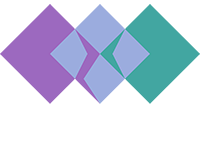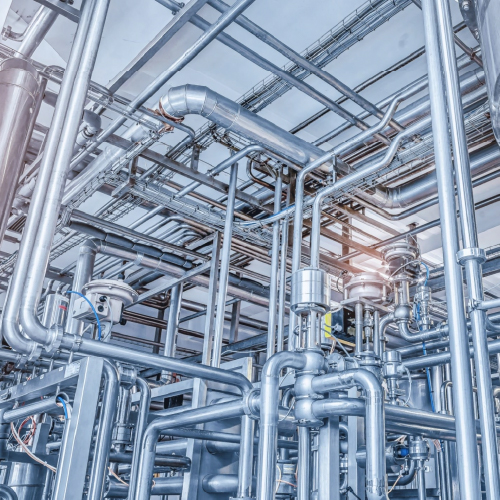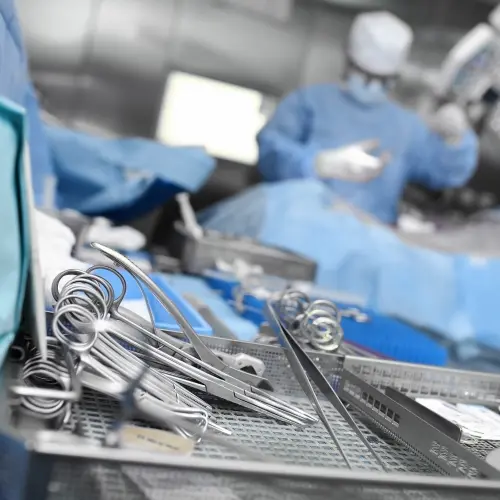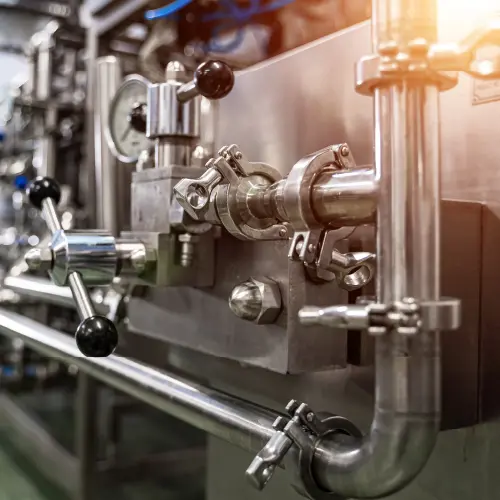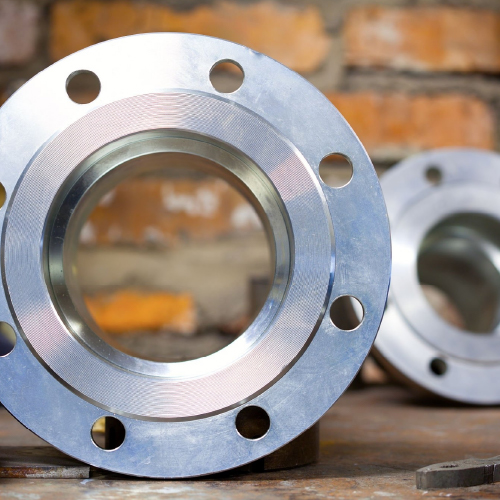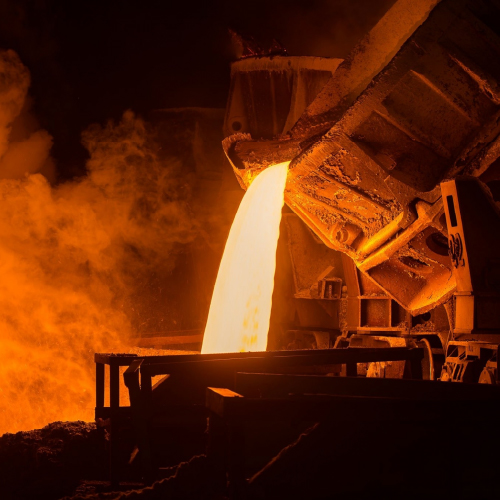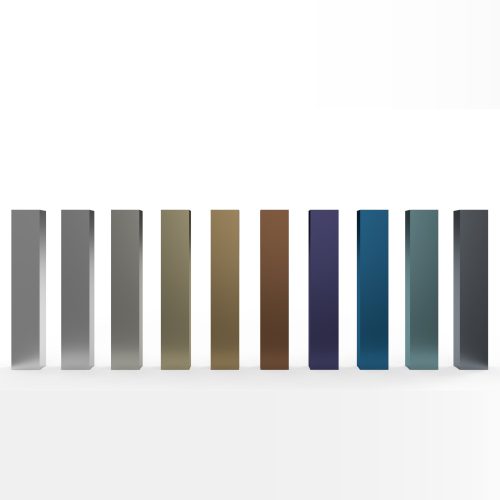Stainless Steel Seamless Pipe Manufacturing Process
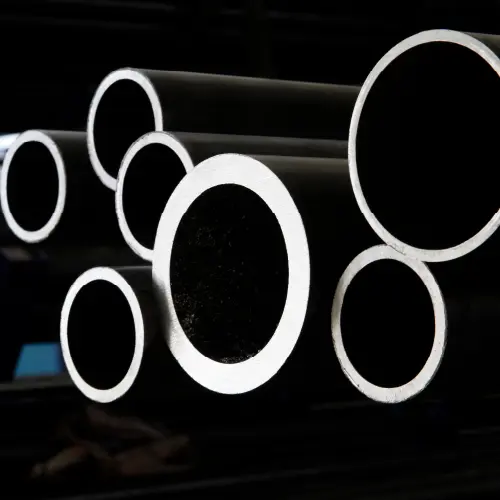
STAINLESS STEEL SEAMLESS PIPE MANUFACTURING PROCESS
Introduction To Stainless Steel Seamless Pipes
Stainless steel is one of the most popular and versatile materials. Seamless stainless steel pipes are used in applications where high temperature strength and superior corrosion resistance are critical. Further, stainless steel is easy to clean and doesn’t tarnish. Alloying elements such as nickel, molybdenum, titanium, carbon, nitrogen, and copper can boost the strength, formability, and other properties of stainless steel. Different alloys offer different levels of corrosion resistance.
Stainless steel alloys offer greater cryogenic toughness, a higher work hardening rate, increased strength and hardness, greater ductility, and a more attractive appearance compared to carbon steel. Stainless steel pipe is resistant to rust and other corrosive attack. It is heat-resistant for high-performance and high-temperature use
Applications of Stainless Steel Seamless Pipes
Stainless Steel Seamless Pipes are used for all kind of applications where the medium is either liquid, air or semi-liquid. The long term benefits of using Stainless Steel pipes justify their cost as they do not require frequent maintainance and replacement in case of rusting or corrosion.
- Oil and Gas
- Liquefied Natural Gas
- Food Processing Industry
- Storage Units
- High Temperature Applications
- Ship Building
- Pharmaceuticals
- Power Generation
- Pulp and Paper
- Refinery and Petrochemicals
The most commonly use Stainless Steel grades for Seamless Pipes are 301, 304, 304L, 316, 316L, 316Ti, 310, 321, 2205, 2304, 904L, and many more
1) Mandrel Mill Process
In Manufacturing of Stainless Steel Seamless Pipes using Mandrel Mill Process, a solid round steel billet is used. The billet is charged into a rotary hearth furnace. After the billet is discharged from the rotary hearth furnace, a small hole is punched into its end. This indentation acts as a starting point to aid in rotary piercing.
Rotary piercing is a very fast and dynamic rolling process that cross rolls the preheated billet between two barrel-shaped rolls at a high speed. The cross rolling causes high tensile stresses at the center of the billet. The design of the piercer rolls causes the metal to flow along the roll and over a piercer point as it exits the process. The piercer point is a high-temperature, water-cooled alloy tool designed to allow the metal to flow over it as a pipe shell forms from the rotary process. Once the pierced pipe shell is produced, it is immediately transferred to the floating mandrel mill.
The floating mandrel mill comprises eight rolling stands using 16 rolls and a set of mandrel bars. These mandrel bars are inserted into the pierced pipe shell and then conveyed into the mandrel mill and rolled into an intermediate size pipe shell. The mechanism of rolling the pipe shell through the mandrel mill with the mandrel bar inside acts as a control to create an intermediate standard outside diameter (OD) and a controlled wall thickness, based on the resultant dimension of the mandrel bar set.
The mandrel mill shell is then reheated in a reheat furnace so that it can complete the final rolling process and gain its final dimensions and micro-structural qualities. Upon exit from the reheat furnace, the tube receives a high-pressure water descale, removing the iron oxide scale that formed in the reheat furnace. A clean, scale-free surface is critical for good surface quality.
The pipe shell is further reduced to specified dimensions by the stretch mill. The Stainless Steel Seamless Pipes then are conveyed to the cutoff mechanism, where they are cut to the prescribed length. then these pipes are bundled and directed to subsequent finishing and inspection operations before shipment. Raykam Alloys ensure that the material is thoroughly inspected before the dispatch to maintain our commitment to providing only top-notch quality material.
2) Mannesmann Plug Mill Process
Manufacturing of Stainless Steel Seamless Pipes using Mannesmann Plug Mill Process is somewhat similar to Mandrel Mill Process with major difference in rolling plug mill in place of mandrel mill.
In the rolling plug mill, a pair of conical shaped rolls – one arranged above the other – operates in the opposite direction to the material flow. The thick-walled hollow pipe shell, with a cylindrical mandrel inside it, is guided towards the plug mill rolls. As soon as it is gripped by the tapered portion of the work pass, a small material wave is sheared off the hollow pipe shell.
This wave is forged to the desired wall thickness on the mandrel by the smoothing portion of the work pass, with the hollow pipe shell plus mandrel moving backwards in the same direction as the rolls are rotating – i.e. in the opposite direction to the rolling – until they reach the idler pass of the rolls and are released. As the hollow pipe shell is rotated it is once again pushed forward between the rolls, and a new rolling cycle begins.
3) Extrusion Process
Manufacturing of Stainless Steel Seamless Pipes using Extrusion is a metal forming process in which a work piece usually a round billet is forced to flow through a die of a smaller cross sectional area, thus forming the work to the new cross section. The length of the extruded part will vary, dependent upon the amount of material in the work piece and the profile extruded. Numerous cross sections are manufactured by this method.
Pipes can be directly extruded with the use of a mandrel attached to the dummy block. A hole is created through the work, parallel to the axis over which the ram applies the force to form the extrusion. The mandrel is fitted within this hole. Once the operation begins, the ram is forced forward. The extruded metal flows between the mandrel and the die surfaces, forming the part. The interior profile of the metal extrusion is formed by the mandrel, while the exterior profile is formed by the extruding die.
Stainless Steel Seamless Pipe Manufacturing Process: The Conclusion
Stainless Steel Seamless Pipes have a very limited range of manufacturing methods. The mentioned methods are widely adopted and do not compromise the quality of the pipes. Raykam Alloys ensure that each pipe is inspected and adhere to the quality checkmarks of the required standard. The Stainless Steel Seamless Pipes are more expensive than welded pipes because there provide better Tensile Strength and Corrosion Resistance than the welded pipes.
THANK YOU
DON'T MISS ON LATEST ARTICLES!
SIGN UP NOW!
